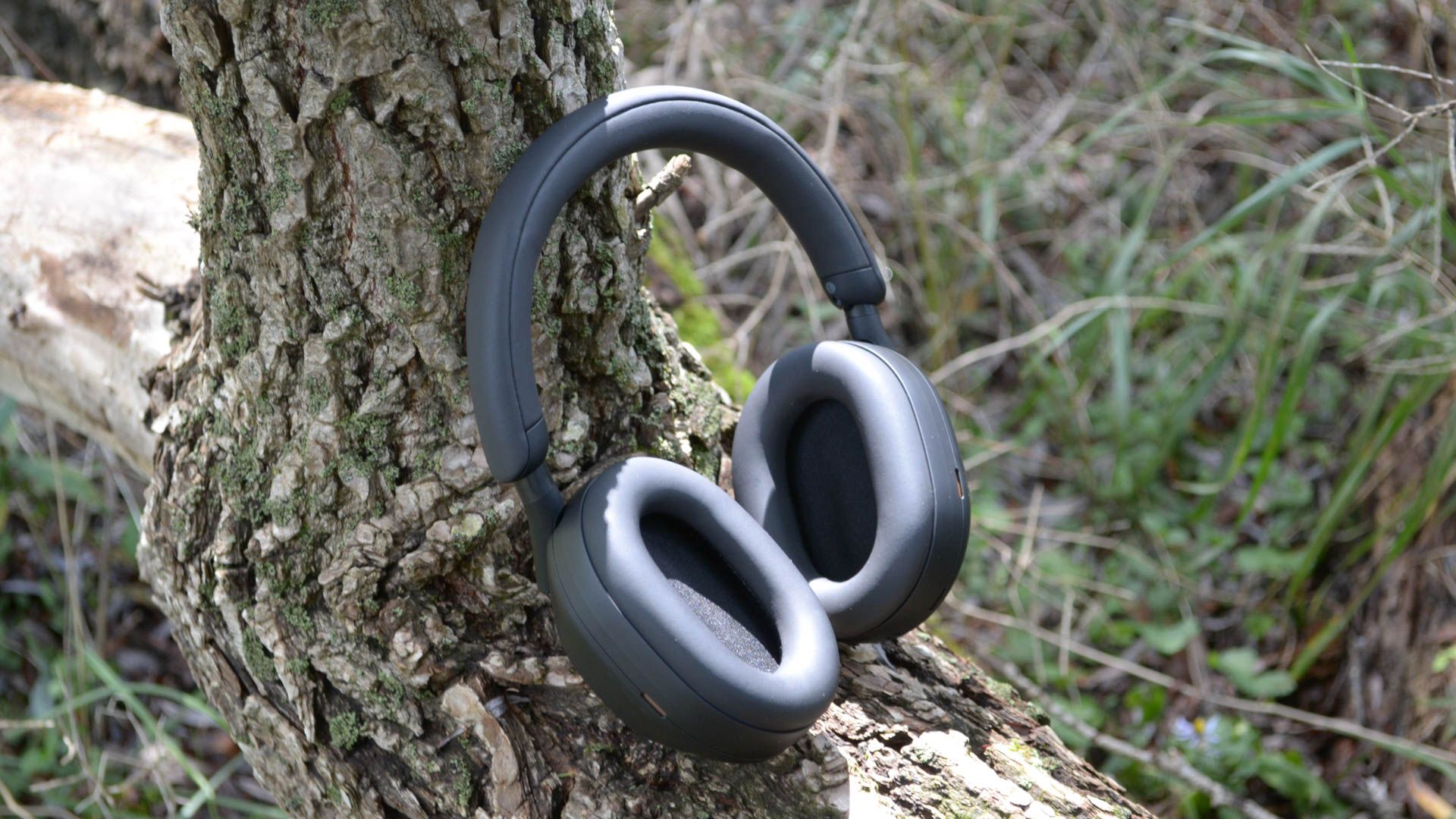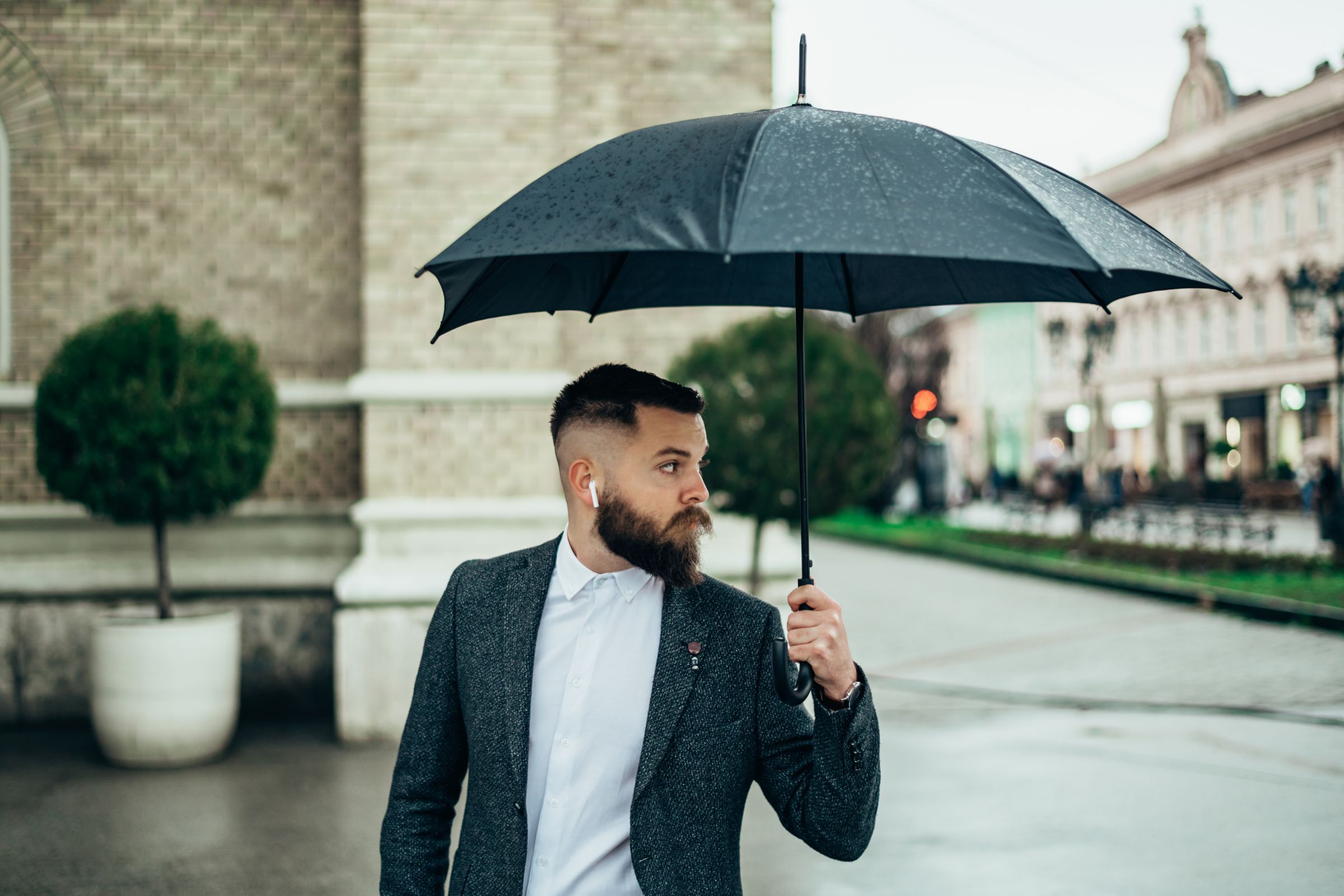In recent years, noise-cancelling headphones have become a fashion statement for some. But while they’re a chic (and expensive) accessory, you absolutely should not be wearing them outside.
Most Noise-Cancelling Headphones Aren’t Dust or Water-Resistant
You should absolutely think twice before leaving the house for a walk with your noise-cancelling headphones on. All the most popular noise-cancelling headphones, from the Bose QuietComfort Ultra to the Sony WH-1000XM5 to the AirPods Max, have zero water or dust resistance.
So, if you get caught in the rain, you’re risking major damage to a very expensive pair of headphones. Some will attest to wearing their headphones outside in the rain and never having any issues, but you might not see an internal issue like corrosion until it’s too late.
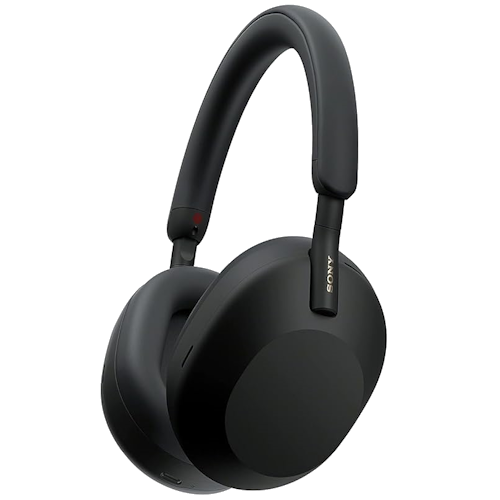
Sony WH-1000XM5
$330 $400 Save
$70
In order to be considered water or dust resistant, electronics have to be tested and IP-rated. The different numbers in IP ratings denote different levels of resistance. For example, many earbuds are IPX4, meaning they have no dust resistance, and can withstand splashes of water.
Earbuds that are IP68 are much more durable, being fully water and dust resistant. Electronics go through standardized tests to determine their IP rating, and if they can’t pass them, they don’t get a rating and remain vulnerable to damage from the elements.
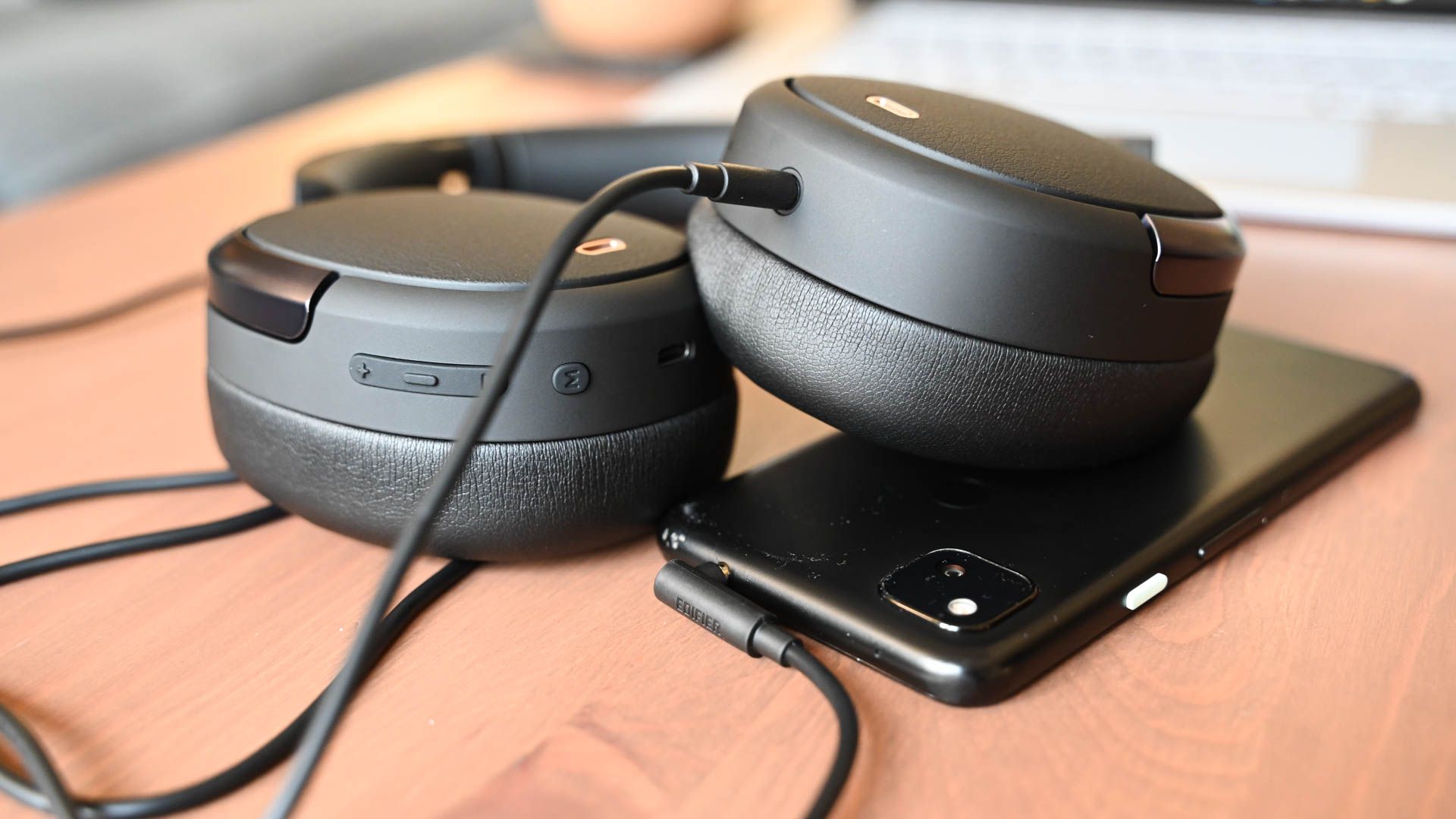
Related
There’s no one-size-fits-all solution for headphones, but these are the best for most use cases.
What Water and Dust Damage Can Do to Your Headphones
If you do take your noise-canceling headphones outside for a walk, and it happens to rain or snow, you get splashed by a car driving through a puddle, or you drop your headphones on dusty terrain, you risk doing pretty bad damage to them. Weather conditions can change unexpectedly, especially if you live in a coastal area, and accidents can happen at any time. The very few times I’ve worn my noise-canceling headphones outside, I felt like I was tempting fate.
Since headphones that aren’t IP-rated aren’t fully sealed off on the inside from any outside contaminants, you risk getting water and dust inside the headphones and on the internal components. This means you could get dust buildup and water corrosion, and you risk shorting and permanently damaging your headphones.
The Cost of Replacement Is Nothing to Sneeze At
Along with the risk of damaging a perfectly good pair of headphones comes the cost of replacing them if they become unusable. Noise-cancelling headphones vary in price, but some of the most popular headphones range from $200 to nearly $600.
That’s a ton of money to spend on the result of easily preventable mistakes and recklessness. Not to mention that on the higher end of that scale lies the AirPods Max, which I quite frequently see being worn outside in my rainy city by the stylish yet reckless.
Which Headphones You Should Wear Outside Instead
If you’re going to wear any headphones or earbuds outside, you should always err on the side of at least wearing water-resistant ones. A ton of earbuds on the market, including very affordable ones, are IPX4 or better. This will at least ensure that if you drop your earbuds in a puddle or get stuck in the rain, you won’t corrode the internal components. Anyone who has used AirPods Pro knows its IPX4 rating is a godsend.
Unfortunately, it’s significantly more difficult to find water-resistant over-ear headphones. In my extensive research, I could only find a few options. One is the Jabra Elite 85h, made for sweating and working out in, with a coating that makes them “water-resistant” but without an actual IP rating. Another is the now quite outdated Bose Noise Canceling Headphones 700, which is IPX4. I’m certain it’s not due to lack of demand that there’s barely any water-resistant over-ear headphones out there, but rather likely a hardware constraint.
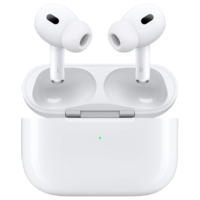
Apple AirPods Pro (2nd Generation)
$190 $249 Save
$59
Where You Should Be Wearing Your Noise-Cancelling Headphones
You should basically only be wearing your noise-canceling headphones indoors. You absolutely don’t want to risk damaging and having to replace expensive noise-canceling headphones, and only ever using them indoors provides a lot more assurance that you won’t have any water-related accidents. Your home and your office are ideal places to use your noise-canceling headphones instead.
Wearing them in indoor public places can also be safe as long as you can remain aware and control any potential variables. For example, wearing them on a plane, train, or bus to keep out droning noises is a very standard use for noise-canceling headphones. But you want to make sure you have a case or bag for your headphones when you’re not using them. It would be an absolute drag to have your headphones damaged by rain when they’re just sitting in your non-waterproof bag on your commute.
If, despite my warnings, you’re still going to wear your noise-canceling headphones outdoors, by all means, you do you. Just know that doing so comes with risk. Surely there are many people who wear their headphones in the rain and never have any issues, but I think it’s better to err on the side of caution with expensive audio tech.


